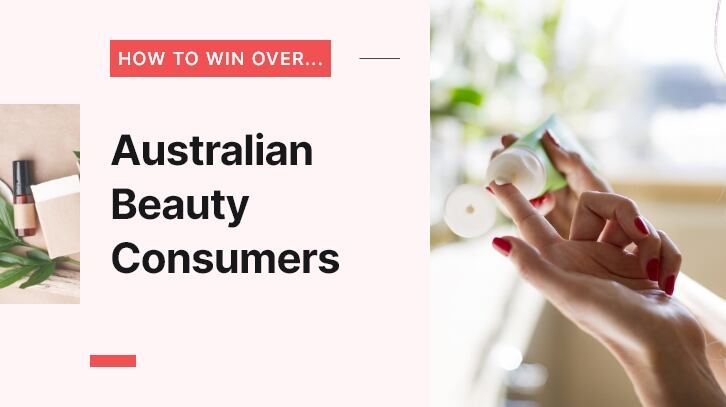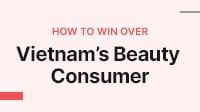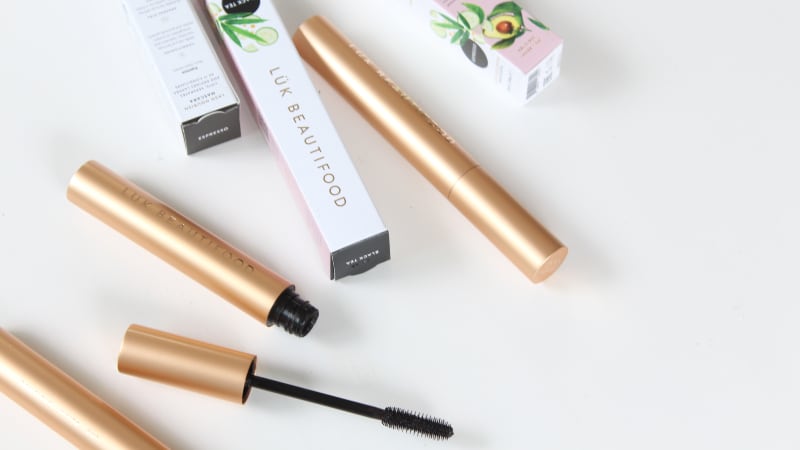Australia's profile as a dominant force in the global beauty industry was significantly enhanced this year, thanks to not one, but two high-profile acquisitions.
The first was L’Oréal’s acquisition of avant-garde beauty brand Aesop. Valued at a staggering $2.525 billion, it is the French beauty conglomerate’s largest deal to date and one of Australia’s biggest beauty success stories.
The other was Kao Corporation’s deal to buy Bondi Sands. The Japanese personal care major viewed its decision to acquire Bondi Sands, which specialises in self-tanning and sun care products, as a pivotal move to strengthen its position in the skin protection category.
The year before, we saw L’Occitane’s takeover of Grown Alchemist. In 2020, Amorepacific’s invested in Rationale Skincare, acquiring a 49% stake in the clean beauty brand.
The desirability of Australian beauty brands comes as no surprise. They have been making their mark on the global stage for their clean, natural, and ethical approach to beauty.
The number of brands making waves internationally extends beyond the brands mentioned earlier. Australian brands such as Ultraviolette, Biologi, Frank Body, Sukin, Jurlique, and Natio are just some of the brands that have found success on the global stage.
However, the success of the Australian-made beauty brands is not a reflection of the state of its domestic beauty market.
“Australia is definitely struggling through the end of the pandemic with cost-of-living going through the roof. Brands are all fighting for the reduced amount of money out there in the marketplace,” said Ross Macdougald, founder of Biologi, a clean cosmeceutical brand.
Mary Gouganovski, founder and director of Mary Grace Cosmetics, described consumer sentiment in Australia as “scared and withdrawn”.
“During COVID, many Australians were on JobSeeker. This means regardless of their income, people were getting $750 a week. They started throwing their money at things because they weren’t travelling or saving on things – they were just shopping online. They were spending on skin care, which is considered a luxury here.
“Then, the handouts stopped. By the end of 2022, we started to see a massive crash in the market. Now in 2023, people are just hanging onto their dollar, and we’re seen skin care sales go down overall.”
Against this backdrop, local players believe that the Australian beauty market is set on a rough path moving forward. Gouganovski, who also runs a contract manufacturing business, expects recovery to be sluggish over the next year.
“It will be up and down for a while. I’ve been in business for 22 years and have experienced financial crises before. This has been the hardest year I’ve ever experienced. I have never seen times like this.”
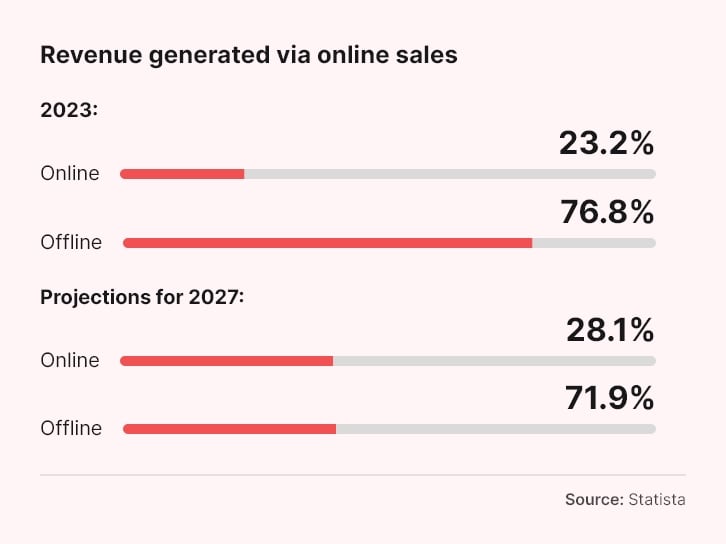
The new Australian consumer
Australia has one of the most exciting and dynamic indie beauty scenes. While there is a lot of desirability of Australian brands overseas, it is the international beauty conglomerates like L’Oréal, Unilever, and Procter & Gamble that dominate Down Under.
“It’s still heavily influenced by overseas brands. If you walk into Mecca or Sephora, Australian brands are not at the forefront. It’s funny because Australian brands are so well-liked all over the world and it’s the opposite in Australia. Australian brands need to fight harder for market share,” said Macdougald.
For Australia’s local brands, it is imperative to find their place in their home market. While A-beauty holds a cache overseas, the reality is that it is extremely tough to export products overseas.
“We are so isolated that selling overseas is hard. A lot of other countries don’t want to deal with us because we’re too far away and costs a lot for a retailer to order from us. There may be demand for our brands outside Australia, but its about who you know. As a smaller brand. I've had a near-impossible time trying to get anywhere,” said Gouganovski.
Other hurdles include regulatory ones.
“You could have 20 indie brands start tomorrow selling on TikTok and you would have no idea if it’s made in a lab, a kitchen, or a garage. A lot of these brands haven’t even gone through preservative testing or stability testing. So, they are not going to get accepted in the UK, the EU or even America,” said Rita Sellars, director and chief cosmetic chemist of Australian laboratory pH Factor.
With current market conditions the way they are, these local heroes may have to fight even harder.
“There are so many local brands that it isn’t sustainable. Our beauty market is cluttered and there’s consumer fatigue. What do they choose? Why? What’s good, what’s not good? This is very challenging for indie brands,” said Sellars.
Australian beauty, or A-beauty, embraces natural beauty in every sense of the word, from natural and organic ingredients to natural makeup looks. Effortless, laidback, and minimalist, the A-beauty approach is the antithesis to K-beauty, which emphasises multi-step regimes.
However, it is no longer enough just to be a natural and organic beauty brand.
“Now, when the Australian consumer wants to spend their money, they want to spend on brands that can deliver on their promises. They are much savvier so brands must be very transparent, you can’t fudge things with consumers these days,” said Macdougald.
Gouganovski added: “When it comes to Australians, you really have to work hard to get their loyalty. Even then, their loyalty is fickle. We love to research, and we know what we want from our skin care and our coffee – there’s a reason Starbucks went broke in Australia.”
Biologi is adept at consumer skin care education. One of its signature events is Confessions of a Cosmetic Chemist, which aims to pull back the curtains on the cosmetics industry. It also shares customer testimonials and with compelling images to back up the efficacy of its products.
Even then, the brand is continuing to step up its efforts to connect with the modern consumer. As a result, Macdougald has been appearing more on the brand’s social media accounts, often from behind his own Lego-adorned office desk.
“One huge change is that I’m involved a lot more with Biologi these days because I’m behind the development of the brand and I develop all the products. I’m doing a lot more reel videos, talking about products. They get to understand the brand and me as a person – in some ways, it’s a friendship. Consumers want to know the people behind the brand because they need all the information to decide which are the brands that are doing the best they can,” he said.
Another area that needs some change is Australia’s retail landscape. Macdougald was critical of some of Australia’s department store chains, which he believes are not evolving quickly enough.
“I grew up with department stores and they are great shops. But I think people want a new shopping experience. With Mecca, you get a lot of young people and it's vibrant with music playing. I’m not saying all shops have to be that way because there are certainly older people who want to shop in a quieter environment. I think that channel needs to revamp itself. This is the beauty industry, if you are not willing to change, you may be left behind.”
Macdougald highlighted how local drugstores have been pushed to evolve to meet rising consumer standards.
“We’re starting to see these drugstores carry more expensive brands. They are changing the way they look at the beauty industry. It’s not about what’s cheap and cheerful anymore. They know the consumer wants more from their brands and I believe they will probably move away from cheap brands with ingredients no one wants.”
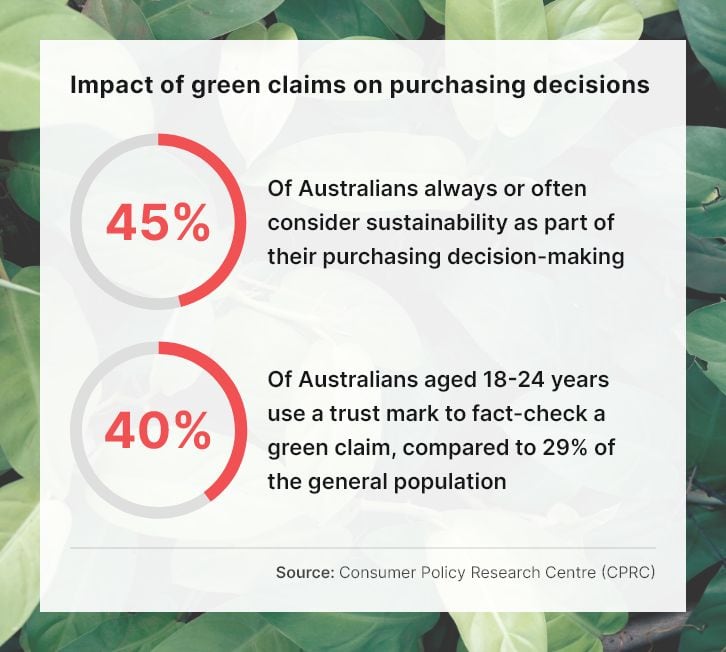
The new luxuries: All about self-care
Mary Grace Cosmetics offers a diverse range of skin care, personal care, as well as home fragrance products. According to Gouganovski, skin care sales used to account for three-quarters of the business.
However, overall interest in skin care has waned. Now, skin care only makes up one-quarter of the brand’s sales. Instead, its biggest growth driver is its self-care products, which include body care and home fragrances.
“While skin care sales have gone down overall, self-care is up. Bath and body, candles, diffusers are the feel-good products that are not as expensive,” said Gouganovski.
She attributed this to the often-cited lipstick effect. The term was popularised in the early 2000s by Leonard Lauder, then chairman of the Estée Lauder Companies.
The lipstick effect is an economic theory suggesting that during economic downturns, individuals tend to purchase indulgent yet affordable items, such as lipstick, to boost their morale despite financial constraints.
“I can see this 100% because I see it in my sales – except, people aren’t buying lipsticks now. Lipsticks then was the sort of thing a woman could put on to instantly feel better. Now, a great-smelling candle, hand wash, or body lotion can do the same. It gives them that instant gratification at a low price,” said Gouganovski.
Pivoting to bath and body care and home fragrances has helped Mary Grace Cosmetics stay afloat during this skin care slump.
“One of the biggest things we did was shift my marketing and email campaigns away from skin care. It’s harder to convince someone to spend $70 on a face and eye cream using a picture on Facebook. But when you promote a $30 candle that can be done within a week, there’s little commitment and its affordable,” said Gouganovski.
Since refocusing, the company has seen its average order value quadruple from around $30 to around $100 per order.
“Over the weekend I get $320 orders, $460 orders, all for candles. And then those people, I re-target with skin care and the comeback to see what else we have because the trust is there.”
With consumer sentiment at such a low, the importance of fun cannot be overstated as well.
One of the popular consumer trends in Australia at the moment is whipped foaming textures that have been popularised by Sundae Body. The Melbourne-based brand aims to make body care whimsical with its range of foaming body washes that come in delicious scents such as passionfruit and coconut cream.
The brand also teamed up with Australian gelato chain Messina to develop a range of gelato-flavoured shower foams such as lamington and lemon meringue pie.
“That’s really great because it’s unique. I absolutely love people being unique because I think it’s really important to stand behind that uniqueness and champion the reason you started your brand,” Macdougald commented.
Aside from its products, the brand is also accessible with each of its whipped foaming body washes retailing for AUD20 for a 265ml bottle. Furthermore, it is available online and offline in major retail chains including Woolworths, Priceline, and Coles.
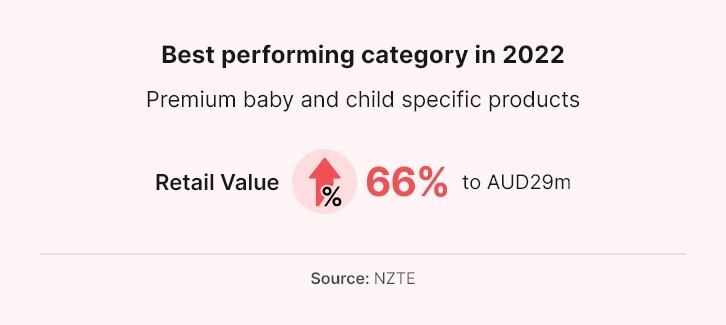
Niches needed!
The whipped foaming texture has been catching on like wildfire. Australian brand The Quick Flick, best known for products like its eyeliner stamp, has recently developed a self-tanner and a body moisturiser with the whipped foaming textures.
“Consumers and our big retailers are loving these new innovations. Texture is big at the moment, and we can expect to see more fun, gimmicky products,” said Sellars.
One brand that has dived headfirst into these trends is Allkinds, which targets the pre-teen demographic. The brand is owned by Brandbank Group, which has developed lifestyle and fashion brands like Seed Heritage, Commonry, and Kikki.K.
Allkinds has a wide range of personal care products from whipped shower foams to jiggly jelly washes. They also have lip balms, body sprays, and quirky bath accessories. The product packaging in fun, shiny, and colourful to attract the pre-teen set.
The success of Allkinds highlights the opportunities in the pre-teen demographic.
“Allkinds is huge. You walk in and all you see are kids from seven years to 13 years of age. Before this, the tween market was completely untapped,” said Sellars.
“These kids have access to social media platforms like TikTok. Once they see it on social media, they just want to have it. They want to collect and try all the new scents. It’s only a matter of time before the Kardashians launch a tween brand because those kids are growing up. They are the ones that are going to make and market the products all the kids want.”
This segment will continue to boom as it is also easier and cheaper to produce. Sellars points out that pre-teen skin is less likely to need expensive actives in their products.
Moving forward, Sellars emphasised the importance for brands to find their niche in Australia’s saturated market.
“I’m a businesswoman and I would never turn away business. But sometimes, I have to sit with people and tell them like it is. The market is saturated and if you don’t have a business plan, a goal, a vision – you’re going to get lost in this space.”
Gouganovski believes niches are there waiting to be found. “The thing about Australia is that we have the 1% and the 99%. That whole 99% is the mass segment. We have the brands from Mecca and Sephora and then there are the supermarket skin care products.
“Consumers that can’t afford the expensive stuff put up with supermarket skin care but aren’t getting what they want or need. There’s a gap in the market for affordable yet high-quality skin care. But it’s really hard to get them to take a chance on something more expensive than they are used to.”
The Australian beauty market will face more challenges in the near future. Local players must find a niche within a market dominated by international players and cluttered by fellow indie competitors.
The brands that will succeed are those that adapt to the changing consumer preferences, focusing on transparent, high-quality products that cater to evolving consumer demands, such as self-care and affordable luxury during these tough economic times.


